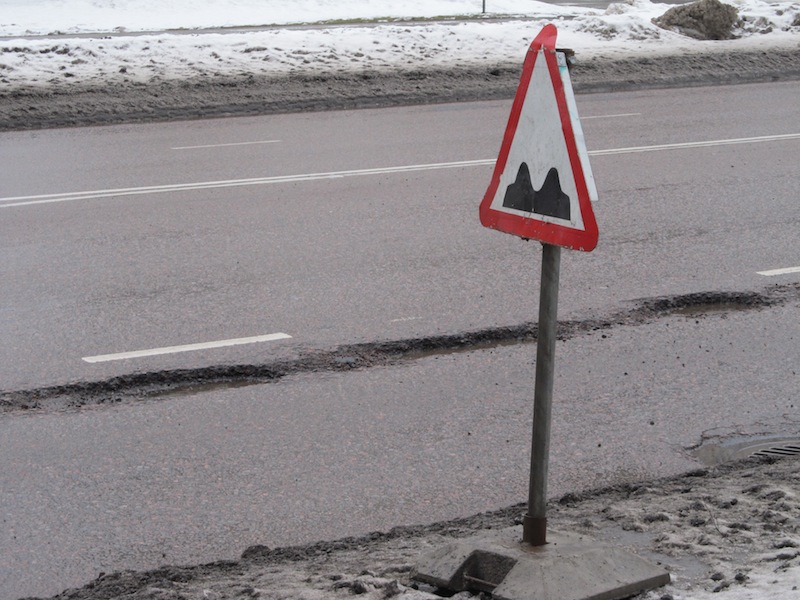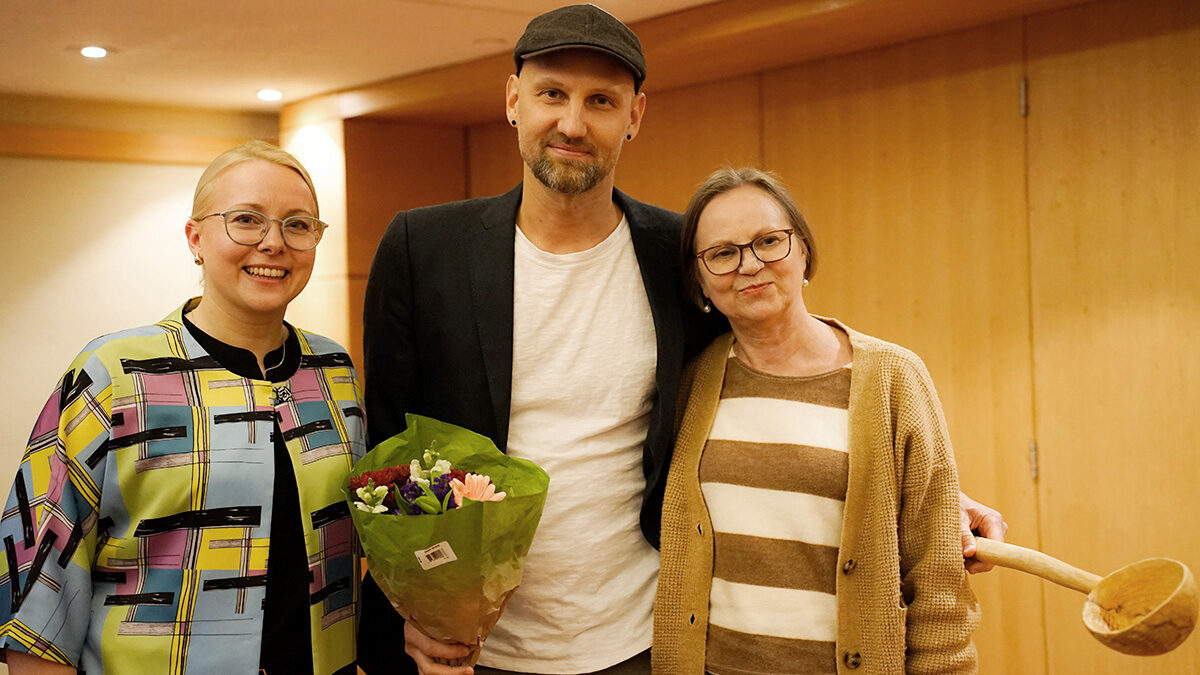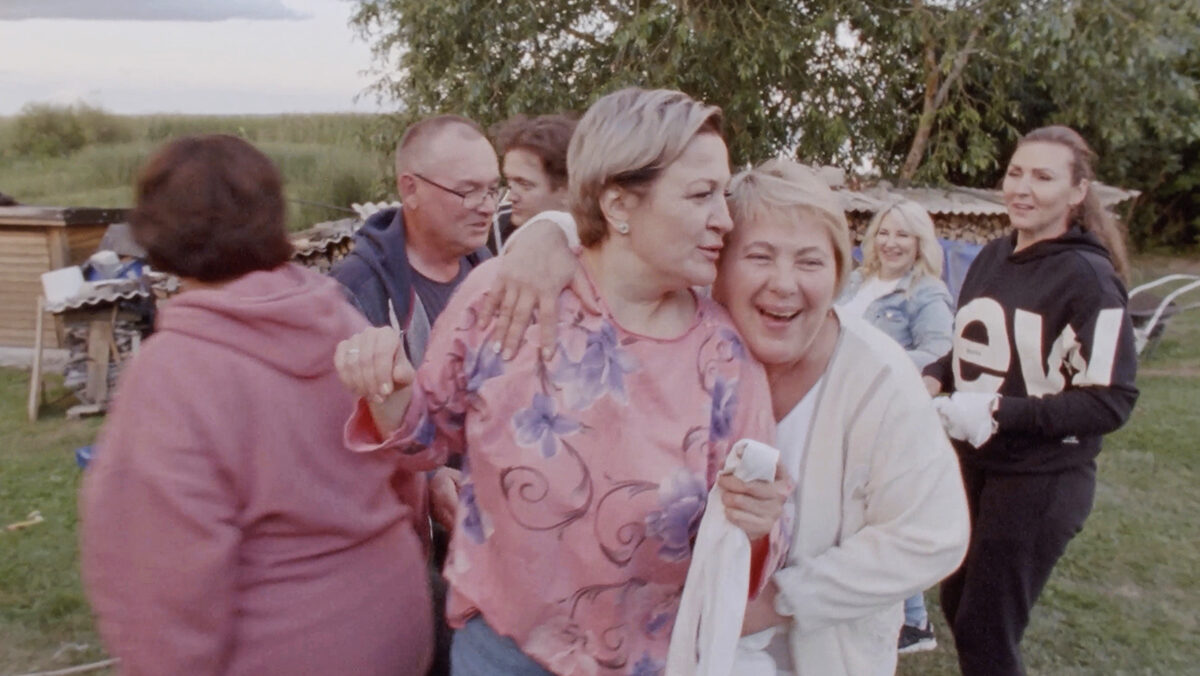If I had not witnessed it myself, I would never believe it was possible for löökaugud to yawn in such numbers and seemingly overnight on the streets of Tallinn. And on pealt näha (seemingly) good roads. But something very sinister is happening out of sight. I'm no engineer, but I know there is killustik (gravel) aka kruus under the asphalt. I know about freezing and thawing and I know that “King of the Road”, teede/insener (road design engineer) par excellence, Austraalia-eestlane Arvo Tinni (77) believes exclusively in roads constructed of raud/betoon (reinforced concrete, literally “iron concrete”). He has said he believes they would serve Eesti as well as they've served Australia. We wouldn't “dislodge our kidneys” (ei põrutaks oma neere lahti) or have to patch roadways every year nagu vanu sokke (like old socks). Concrete roads are expensive to construct, but cheap to maintain. 40 years and going strong in Sydney.
Currently, what happens after a thaw and inundation of surprise pommi/augud (explosion craters) in the roads in Tallinn, is that (ideally) a sign is posted alongside until a crew can arrive to patch the hole – pending temperatures of no less than +5° C. Needless to say, the relief one feels after ähavardavad (threatening) potholes have been filled is great. You can let your guard down knowing you are supported by the ice and snow, but once you spy a lomp (puddle), you can never be sure if it will strike.
Riina Kindlam, Tallinn




